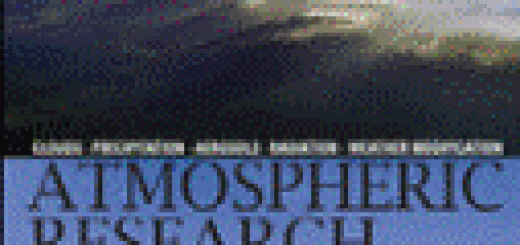Calibration campaign of PLASMA instrument, developed by LOA (CNRS-University of Lille), at Izaña

A sun tracking photometer named PLASMA (« Photomètre Léger Aéroporté pour la Surveillance des Masses d’Air ») (Figure 1) has been developed by LOA (Laboratoire d’Optique Atmosphérique); CNRS-University of Lille; France). This instrument has been designed to fly onboard an aircraft to measure spectral optical tickness as a function of the altitude, which provides the vertical profile of the aerosol extinction coefficient as well as information of the aerosol size distribution.
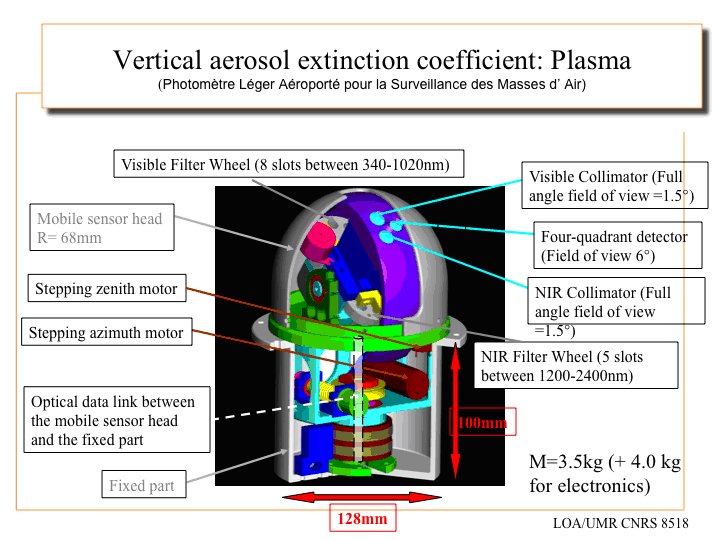
Figure 1: Diagram of the PLASMA sunphotometer.
Instruments capable of providing vertical distribution of aerosols gaigned a special interest, out of the atmospheric research community, during the crisis caused by the eruption of the Eyjafjallajokull volcano. Meteorological services and specially national civil aviation authorities saw the necessity to have trustworthy observations on the vertical distribution of volcanic-ash in order to manage the aviation traffic around Europe.
PLASMA, onboard a plane, can provide vertical distribution of aerosol extinction coefficient as well as information of the aerosol size distribution. So, it is specially useful for dust and volcanic ashes monitoring and research. In fact PLASMA, in a preliminary flight, detected ashes emitted by the Eyjafjallajokull volcano eruption in May 2010 over Lille (France) (see Figure 2).
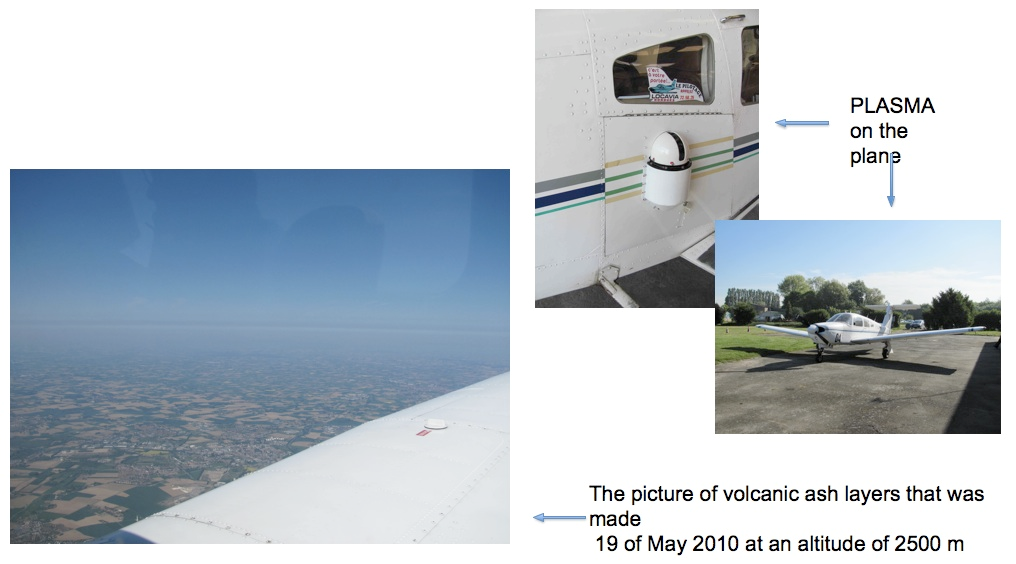
Figure 2 : PLASMA on a plane (LOA-Lille, 2010)
The main goal of the field campaign carried out with PLASMA by scientists of LOA (Dr. Philippe Goloub, Eng. Luc Blarel and PhD. Yanja Karol) from 10 to 14 January 2011 at Izana Atmospheric Observatory was to perform absolute calibration of the instrument using the Langley method. This instrument was set up on a table at the main Izana platform (Figure 3) and directly connected to LOA computer and GPS operated in PHOTONS (PHOtométrie pour le Traitement Opérationnel de Normalisation Satellitaire) room at the Izaña observatory.
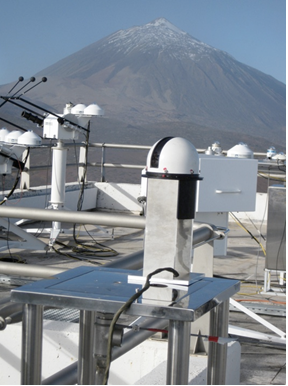
Figure 3 : Picture of PLASMA operated at Izaña
Data obtained with PLASMA will be reprocessed with the calibration coefficients derived from Langley plots performed at Izaña. The objective is to obtain a PLASMA calibration as accurate as AERONET (AErosol RObotic NETwork) reference instruments (ΔAOD = 0.005 to 0.01). Once accurate spectral AOD measurements are performed, they could be inverted to derive aerosol size distribution. Since the instrument covers a large spectral range (0.4-2.2 µm), it also will allow derivation of aerosol size information as a function of the altitude.
During the experimental campaign it was also verified that PLASMA system can be operated on a car. PLASMA was installed on the top of a car of the Izaña Atmospheric Observatory and a trip to El Medano and back to the Observatory obtaining two profiles of Total Optical Thickness (TOT). The route was chosen for being the less influenced by the dense pine-ring that surrounds the island (that could shadow the sun to PLASMA), and the day was planned according to specific weather forecastings. Data of the car-PLASMA experiment will be analyzed together the Aerosol Optical Depth (AOD) measured at Santa Cruz and Izana by AERONET-PHOTONS sunphotometers, and with the vertical aerosol backscatter measured with a Vaisala ceilometer provisionally located at Santa Cruz station.
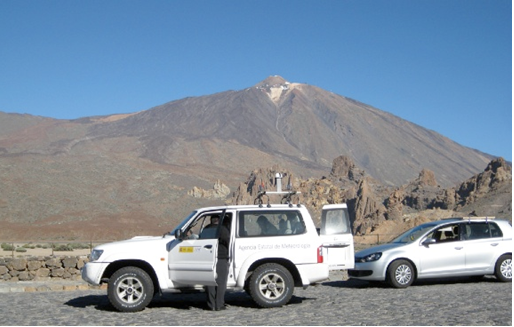
Figure 4 : Installation of PLASMA on AEMET car (13/01/2011)
Why Tenerife, and specifically the Izaña Observatory, is so interesting for this experiment? Firstly because it is possible to perform an absolute sun calibration by Langley method with the pristine skies of Izaña, and intercompare the corrected TOT provided by PLASMA against reference data from AERONET-PHOTONS masters. Secondly, because the sharp orography of Tenerife island: it permits to perform an accurate TOT vertical profile with PLASMA from 2400 m to sea level in around 1 hour, and in only some 20 km horizontal distance. Furthermore it is possible its validation in different altitudes against the three AERONET stations in operation at Tenerife (Santa Cruz, La Laguna and Izaña), and against the vertical aerosol backscatter provided by the celiometer, and using ancillary thermodynamic radiosondes from Güimar station.



